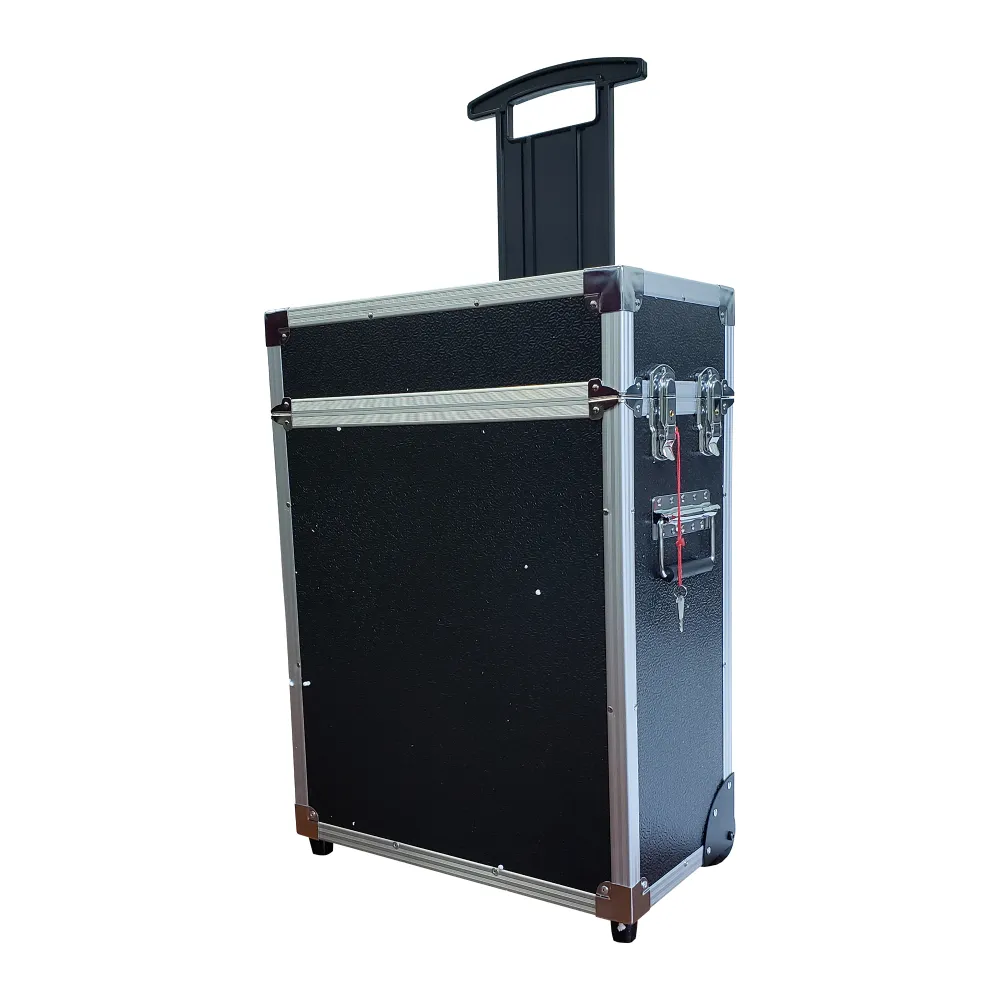 English
English


electrical transformer testing
Electrical Transformer Testing Ensuring Reliability and Efficiency
Electrical transformers play a crucial role in modern power systems. They are essential for voltage regulation, enabling the efficient transmission and distribution of electricity across vast distances. However, to ensure that these devices operate effectively and safely, rigorous testing is necessary. Transformer testing encompasses various procedures that evaluate the performance, reliability, and overall health of these electrical devices.
The Importance of Transformer Testing
Transformers are subject to numerous stress factors, including temperature fluctuations, electrical overloading, and environmental conditions. Over time, these stress factors can lead to insulation breakdown, mechanical failures, and decreased performance. Therefore, regular testing is essential to identify potential issues before they escalate into significant failures that may result in unexpected downtime or costly repairs.
Transformer testing helps utility companies and electrical engineers ensure that the transformers operate within their specified parameters. By assessing performance metrics such as voltage ratios, phase relationships, and winding resistance, engineers can pinpoint areas that need maintenance or replacement. Proper testing can also enhance the lifespan of the transformers, optimize energy efficiency, and ensure adherence to regulatory standards.
Types of Transformer Testing
Transformer testing can be broadly categorized into two main types routine tests and specialized tests.
Routine tests are conducted during the manufacturing phase and before the transformer is put into service. These tests help confirm that the transformer meets the specified design criteria. Key routine tests include
- Power Factor Testing This test evaluates the insulation quality of the transformer. A low power factor indicates insulation degradation. - Turns Ratio Test This test measures the voltage ratio between the primary and secondary windings. It ensures that the transformer is functioning correctly and that the winding connections are as intended. - Insulation Resistance Testing This procedure assesses the insulation material's integrity to prevent electrical failures. It is crucial for ensuring reliable operation over time.
electrical transformer testing

2. Specialized Tests
Specialized tests, or commissioning tests, are performed once the transformer is installed and ready for operation. These tests are more comprehensive and include
- Transformer Sweep Frequency Response Analysis (SFRA) This advanced test identifies mechanical and electrical issues by analyzing how the transformer's frequency response changes. It can detect winding displacements or deformation, which are indicators of potential failure. - Circuit Breaker Timing Test This evaluates the timing of protective elements in the transformer’s circuit. Proper timing is vital for the effective operation of protection schemes that prevent damage during faults. - Short-Circuit Analysis This test simulates fault conditions to ensure that the transformer can withstand short-circuit scenarios without sustaining damage.
Emerging Technologies in Transformer Testing
The evolution of technology has also affected transformer testing methodologies. Modern testing equipment now features advanced capabilities, including remote monitoring and real-time data analysis. By employing digital tools and IoT technology, engineers can collect and analyze data instantaneously, leading to more informed decision-making.
Additionally, artificial intelligence (AI) and machine learning algorithms are being integrated into predictive maintenance strategies. These tools can analyze historical performance data and predict potential failures, enabling preemptive measures that reduce the risk of unexpected downtimes.
Conclusion
Electrical transformer testing is an indispensable aspect of the power generation and distribution process. By engaging in comprehensive testing, utilities and engineers can ensure that transformers meet performance standards and operate efficiently. The importance of transformer testing transcends mere compliance with regulations; it is fundamentally about ensuring reliable electricity delivery for consumers and supporting the integrity of our electrical grids.
As technology continues to advance, transformer testing methodologies will evolve, making the process more efficient and effective. Ultimately, ensuring the reliability of electrical transformers not only safeguards infrastructure but also enhances the overall performance of power systems, securing energy distribution for future generations.
-
Differences between open cup flash point tester and closed cup flash point testerNewsOct.31,2024
-
The Reliable Load Tap ChangerNewsOct.23,2024
-
The Essential Guide to Hipot TestersNewsOct.23,2024
-
The Digital Insulation TesterNewsOct.23,2024
-
The Best Earth Loop Impedance Tester for SaleNewsOct.23,2024
-
Tan Delta Tester--The Essential Tool for Electrical Insulation TestingNewsOct.23,2024





